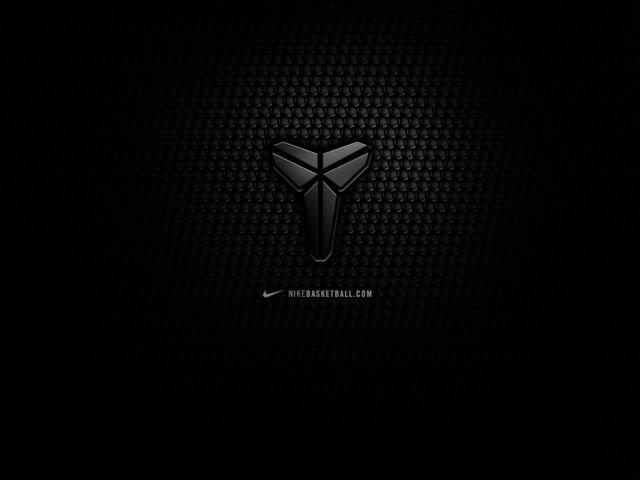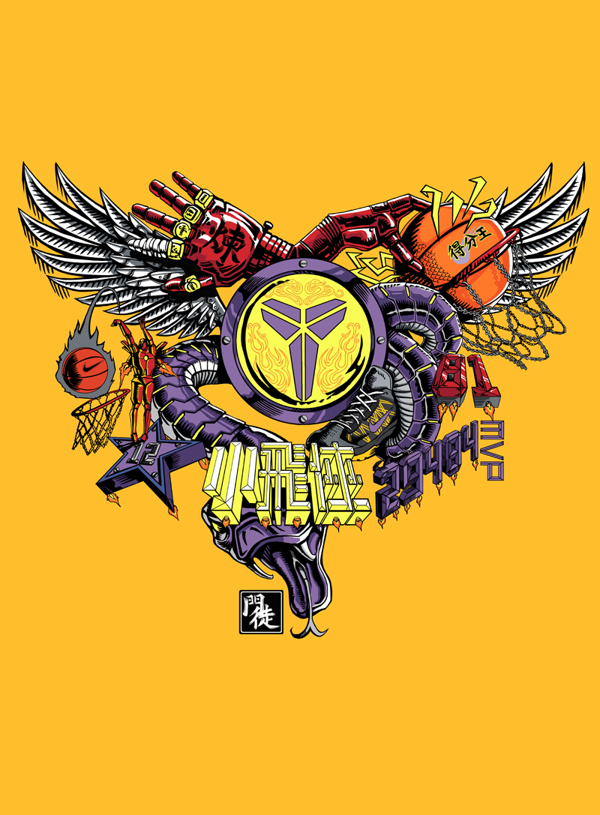
In a flow chart displayed in the courtroom, Bryant’s attorney Luis Li laid out what he said happened to the photos Johnson says he sent to the command post. Kobe Bryant crash scene photos were shared during awards ceremony cocktail hour, witness testifiesįor his part, Johnson said he went home that night and, not needing the grim photos any longer, deleted them from his phone.īut it wasn’t the end. REUTERS/Gene Blevins Gene Blevins/Reuters LA county firefighters on the scene of a helicopter crash that reportedly killed Kobe Bryant in Calabasas, California, U.S., January 26, 2020. Later, Johnson said he led then Los Angeles County fire Captain Brian Jordan around the scene to take his own photos, marking the third person to obtain photos documenting the site. Neither the plaintiff nor the defense has ever identified the man, which is a key argument in Bryant’s and Chester’s claim they live in fear of the photos surfacing. “I believe he was a fire supervisor due to his helmet,” Johnson said. “Is he a fire supervisor or a pretend fire supervisor?” Jackson replied. Johnson said he told the man he already had photos and agreed to airdrop them to the fire supervisor – someone he could not identify, he said on the stand. Johnson said he was soon met by a fire supervisor who arrived at the scene with a similar task: to take photos to send back to his command post, so a tactical response could be organized. Rather, it is, in part, what allegedly happened next. The photos are not the only reason the county is on the defense. Jerome Jackson, the attorney for co-plaintiff Christopher Chester, whose wife Sarah and 13-year-old daughter Payton were also killed in the crash, was more blunt during questioning, asking if Johnson took photographs of specific body parts, to which Johnson replied, “Yes, sir,” each time.

“When you took the pictures, did you know it was Kobe Bryant on the helicopter?” Johnson was asked in cross-examination by Los Angeles County’s attorney Mira Hashmall.

“Take pictures, document the scene and send them to the command post,” his supervisor told him, Johnson said on the witness stand as he testified in the suit brought by Vanessa Bryant.Īt the heart of the lawsuit are photos of the crash taken by Johnson – 25 by his count, a figure plaintiffs’ attorneys allege to be much higher – a third of which Johnson said were of human remains, the rest were of the wreckage itself. Vanessa Bryant leaves courtroom in tears after question about whether the body of her daughter appeared in photo By now, a command post had been set up by authorities and Johnson testified a supervisor there gave him an order. In court testimony, Johnson would call the scene among “the most gruesome” he had ever seen, with bodies scattered over hilly terrain he said was the size of a football field.īut even though all nine people aboard died in the crash, Johnson still had work to do. Her husband, basketball star Kobe Bryant, and their daughter Gianna, were among the nine killed in the crash. Instead, the events that followed set off a chain reaction leading to Johnson on a witness stand in federal court Friday, testifying in a civil lawsuit claiming Los Angeles County and some of its employees violated the privacy of, and inflicted emotional distress on, Vanessa Bryant, the widow of one of the region’s most beloved sports stars. One of those who forged on was Deputy Doug Johnson.Īfter nearly an hour of climbing through 6-foot brush, Johnson reached the wreckage, a feat which could have been described as heroic. Smoke filled the air and first responders did not know if anyone had survived, perhaps trapped on the hillside in need of lifesaving aid.Īs the trek grew steeper, the brush thicker, and the mud too deep for most of the deputies to navigate, all but two turned around. on January 26, 2020, and a helicopter had just crashed. Amid heavy fog and dense brush, eight members of the Los Angeles County Sheriff’s Department set off on foot up the remote terrain of the Santa Monica Mountains.


 0 kommentar(er)
0 kommentar(er)
